the feed
The Art of Fly Fishing for Carp: Essential Flies and Techniques
Master the art of fly fishing for carp with essential flies and techniques. Catch these elusive freshwater giants with precision and skill.
Fly fishing for carp has emerged as an exhilarating pursuit, attracting anglers with the challenge and excitement it offers. Carp, known for their power and elusiveness, require specific techniques and the right fly selection for successful angling. In this article, we will delve into the essential flies you should have in your tackle box and explore the techniques that will help you master the art of fly fishing for carp.
Understanding Carp
Before we dive into the flies and techniques, it's crucial to understand the behavior and feeding patterns of carp. These freshwater "ghosts" inhabit a range of environments and feed on insects, crustaceans, and other small organisms. Observing their behavior and preferred habitats will aid in fly selection and identifying productive fishing spots.
Choose the Right rod for Carp
When it comes to selecting a rod for fly fishing for carp, it's important to consider the strength, weight, and casting ability required to handle these powerful freshwater fish. A medium to heavy-weight fly rod is recommended, typically falling within the 7 to 9 weight range. This range provides the necessary backbone to cast larger flies and the strength to handle the carp's intense runs and fights.
A slightly stiffer rod will help you make accurate casts and have better control over your presentation. Additionally, a rod with a fast or medium-fast action is beneficial as it offers more power for casting distance and can handle the weight of larger flies. Investing in a high-quality rod with a reliable reel seat and guides will ensure durability and smooth performance. By choosing the appropriate rod, you'll have the necessary tool to handle the challenges of fly fishing for carp and increase your chances of landing these impressive fish.
Essential Flies for Carp Fishing
Woolly Bugger: This versatile fly mimics various food sources and comes in sizes ranging from #4 to #8. Choose colors like olive, black, or brown to match the natural prey of carp.
Crayfish Patterns: Carp are fond of crayfish, so having crayfish imitations is vital. Flies such as the Clouser Crayfish, Carp Bitters, or Carp Teaser in sizes #4 to #8, resembling brown or rusty orange crayfish, work well. Bass Pro sells a carp teaser kit worth checking out.
Nymphs: Select nymph patterns that imitate aquatic insects and crustaceans. Flies like Hare's Ear Nymphs, Pheasant Tail Nymphs, or Czech Nymphs in sizes #10 to #16 can prove effective in enticing carp.
Scuds and Shrimp Patterns: Carp often feed on scuds and small shrimp in shallow waters. Flies such as the Carp Shrimp, Sow Bug, or Scud patterns in sizes #12 to #16 can be effective choices.
Carp-specific Flies: Specialized flies like the Carp Crack, Carp Carrot, or Carp Damsel are designed specifically for carp fishing. These flies incorporate unique features to entice carp and come in various sizes and colors.
Techniques for Carp Fly Fishing
Spotting Carp: Look for signs of carp activity, such as tailing, bubbling, or disturbances in the water. Polarized sunglasses are invaluable in spotting these elusive fish.
Stealth and Approach: Carp are incredibly wary, so practice stealth and avoid making sudden movements or noises. Move slowly and maintain a low profile to prevent spooking them.
Accurate Casting: Develop casting accuracy to present your fly precisely. Cast in front of the carp, allowing the fly to settle naturally before initiating your retrieve.
Strip-Set Hooking: When a carp takes the fly, use a strip-set technique instead of lifting the rod. Strip the line with a firm pull to set the hook firmly in the carp's mouth.
Play and Land with Caution: Carp are powerful fighters, so be prepared for a challenging battle. Allow the fish to make runs while exerting gentle pressure to tire it out. Patience is key during the landing process.
Wrapping it all up
Fly fishing for carp requires a combination of effective flies and well-honed techniques. By incorporating essential flies like Woolly Buggers, crayfish patterns, nymphs, scuds, and carp-specific flies, you can imitate their natural prey and entice strikes. Additionally, employing techniques such as spotting carp, stealthy approaches, accurate casting, strip-set hooking, and cautious play will increase your chances of success.
Remember to respect the fishery, practice catch-and-release, and relish the tranquility of nature while pursuing these formidable freshwater adversaries. So, gear up with the right flies and techniques, and embark on an exciting journey into the captivating world of carp fly fishing.
The Adventure Dispatch
〰️
The Adventure Dispatch 〰️
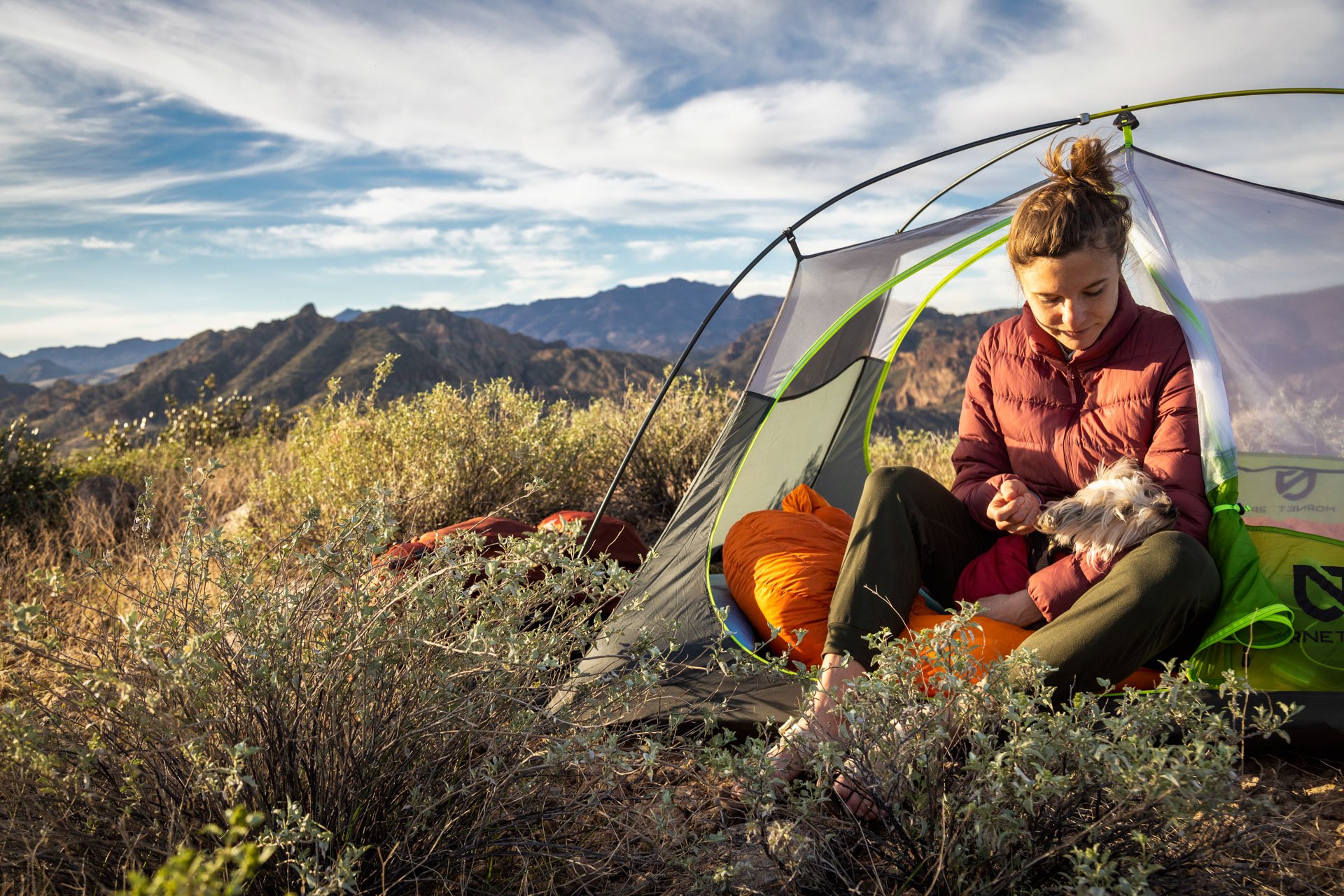
OUTDOOR
ADVENTURE
Featured Posts
HIKING
|
FLY FISHING
|
CAMPING
|
BACKPACKING
|
GEAR REVIEWS
|
HIKING | FLY FISHING | CAMPING | BACKPACKING | GEAR REVIEWS |
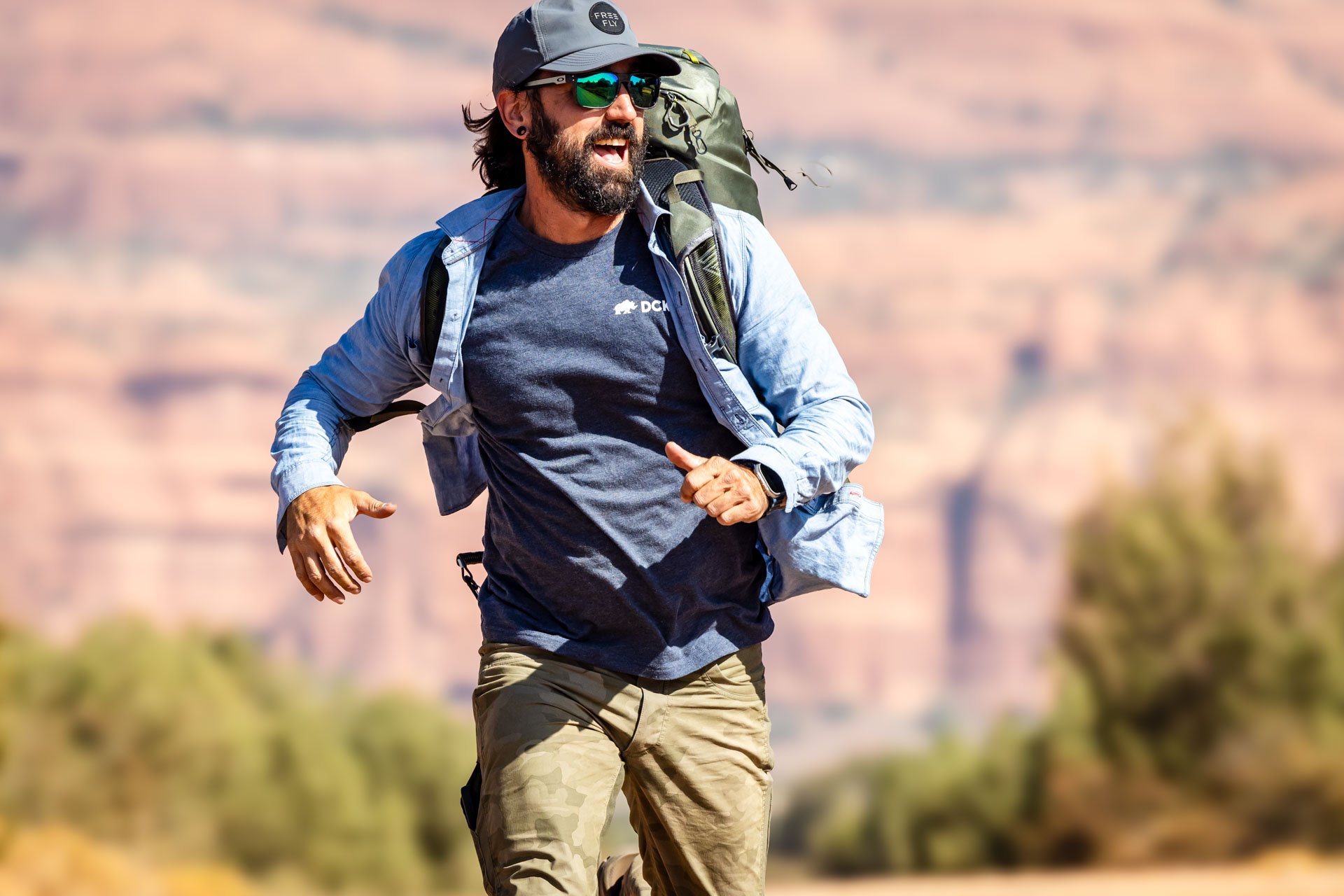
Best of
Top Clothing Brands of 2023
Discover unbeatable deals on Patagonia winter essentials at the REI Outlet sale! Get up to 40% off on jackets, parkas, and more.
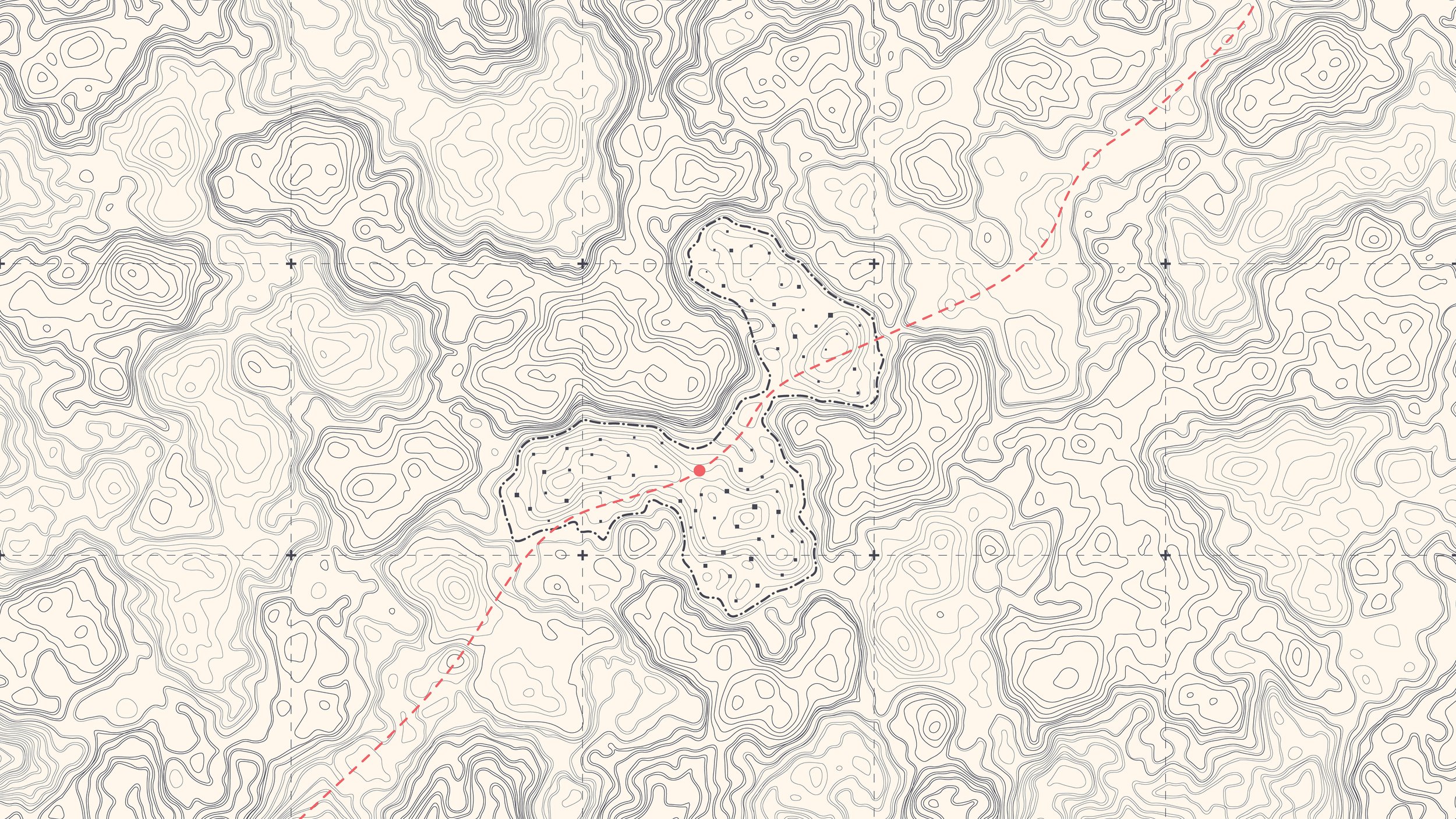
Subscribe to Our Newsletter
Sign up with your email address to receive news and updates.
Get in touch.
Just like in a hardcore round of intense pickleball, communication is key! Reach out with any questions, comments, beer recommendations, inquiries, critiques and jokes.




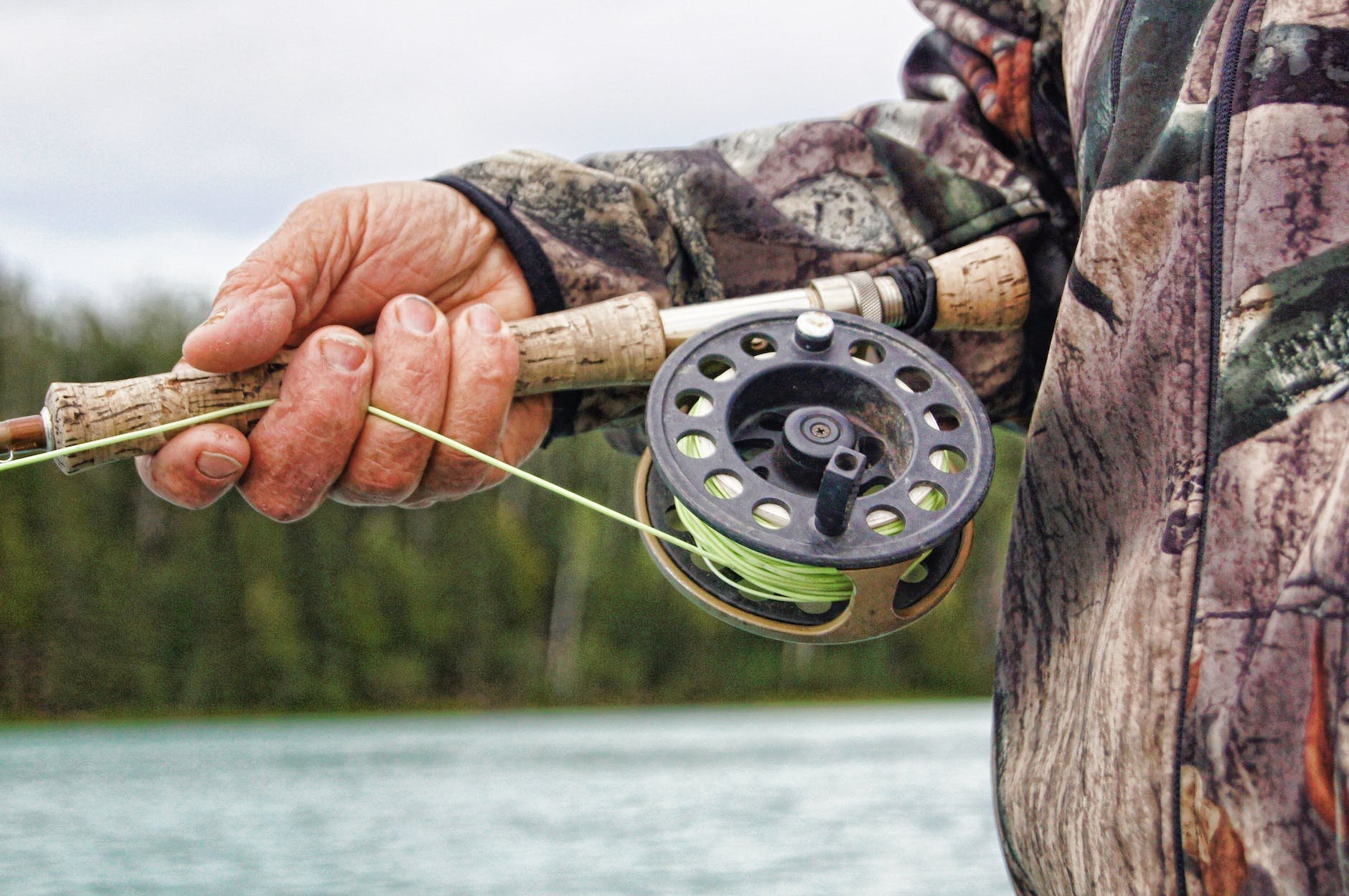
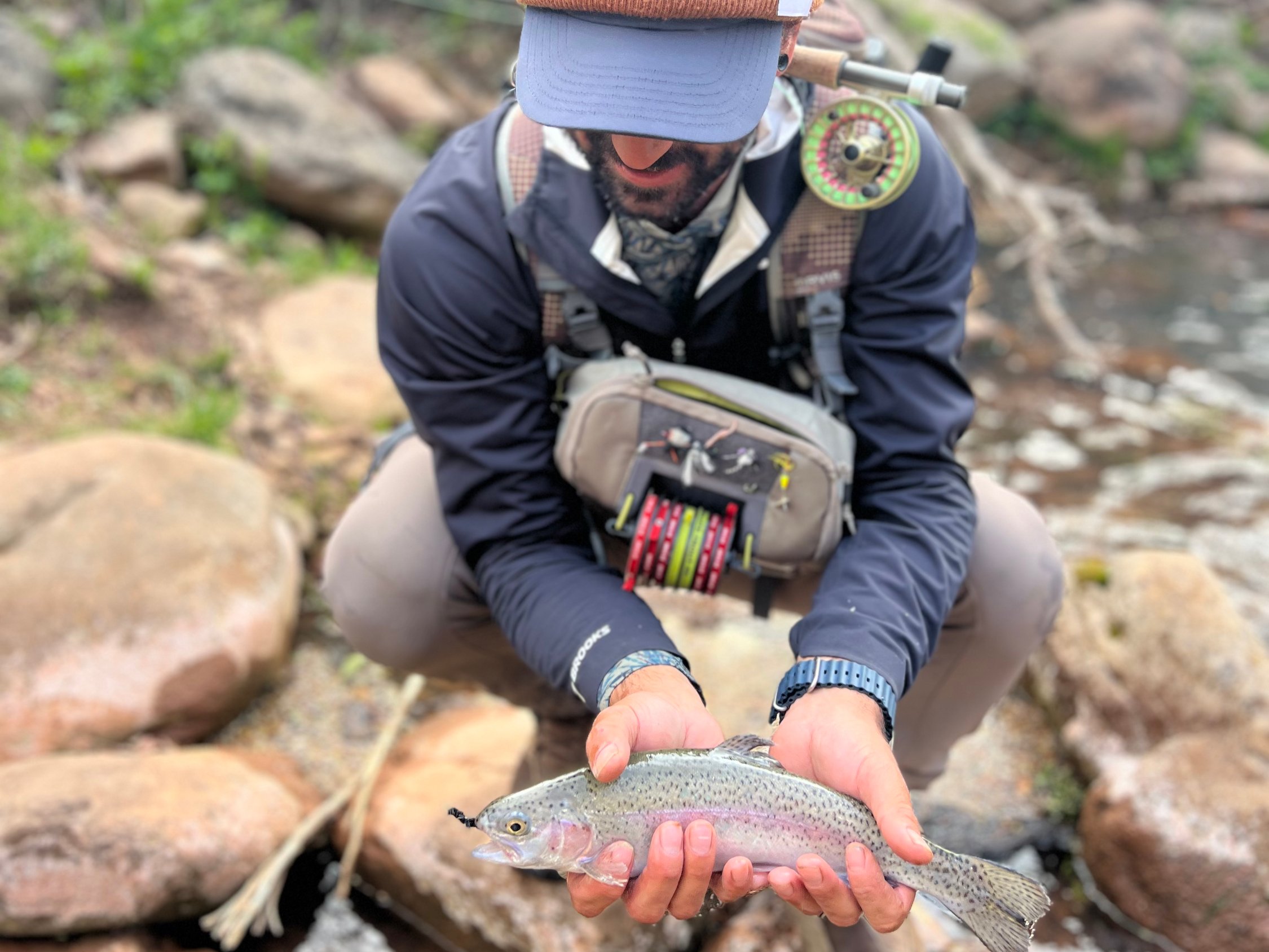










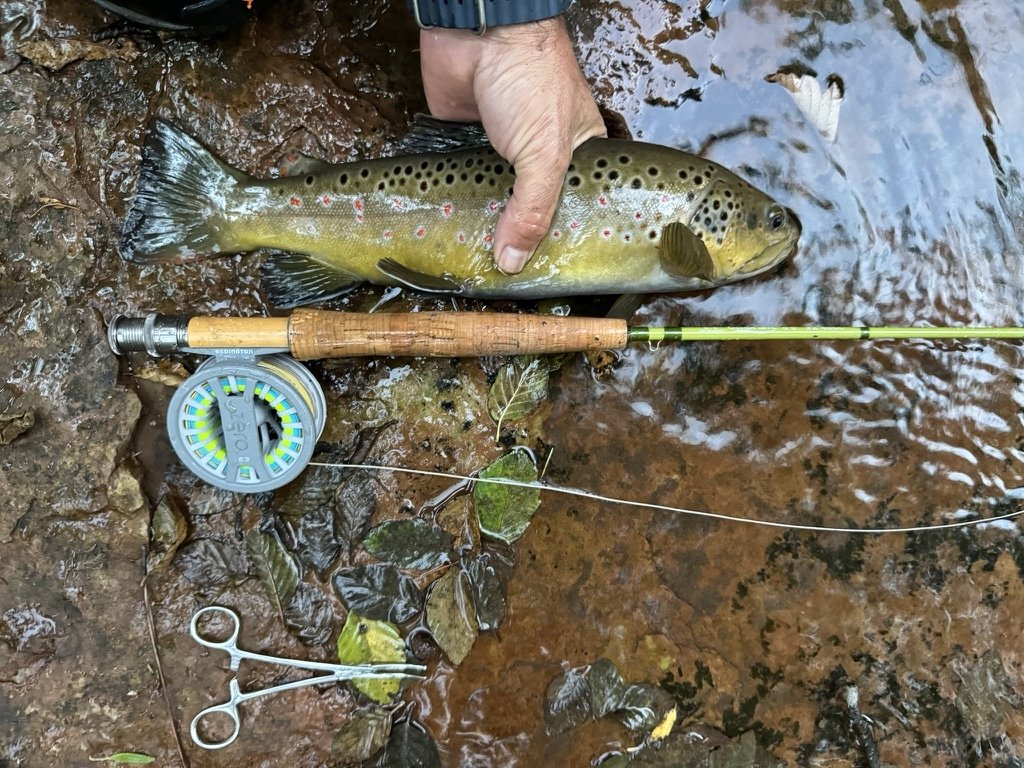

Here are the 7 best spots for fly fishing in Arizona: Lee's Ferry, Salt river, Silver Creek, Oak Creek Canyon and more. With Maps!